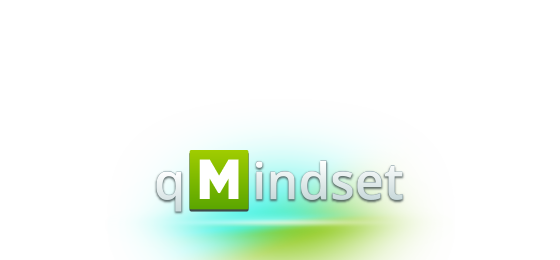Introduction
Incoming quality inspection (or incoming quality control) is a pre-defined process, aiming to ensure that no defective raw materials, sub-assemblies or parts reach the
manufacturing line of the customer. Thus, it focuses on the qualification of raw materials and supplied parts from the customer's standpoint.
In many sectors the verification of incoming goods is mandatory, regulated by sector specific standards and technical specifications (e.g.
IATF 16949 in the automotive sector). On top of that, the independent (not sector relevant)
ISO 9001 is also describing the need of maintaining activities that ensure the conformity of purchased goods.
Source: qMindset.com
Key Features
The activity chosen by the company (customer) is technology specific. The following preliminary requirements and points need to be considered before choosing the proper
incoming verification:
- Production technology of purchased part (e.g. plastic moulding, die casting, printed circuit boards).
- Special characteristics (important for the customer, end customer, safety relevant or governmental regulated).
- Inspection or test method (e.g. measurement with caliper, CMM, X-ray, simple visual inspection, etc.).
- Inspection or test frequency.
- Available resources and knowledge.
- Supporting material from supplier (e.g. SPC data, material consistency sheets, from of conformity).
It is important to note, that ISO standards do not require the implementation of physical inspection. In many cases, the customer quality of the supplier and the supplier
quality of the customer exchange data about the shipped raw materials. It is the supplier’s responsibility to supply the right parts, in the right quantity, in the right time to the customer. Implementing a
well-developed incoming quality control system is the decision of the customer.
It brings many benefits, however the turning point is very hard to see. The more tests you do as a customer, the more resources you spend on verifying your purchased goods.
On the other hand, the more comprehensive your tests are, the higher the chance you catch defects, and decrease reactive cost later in the supply chain.

Resource requirements and expected reliability of incoming quality control methods (Source: qMindset.com)
So the definition of the incoming quality inspection system is a proactive and strategic decision, and it is affected by many factors, such as the contract with your
suppliers and end customers.
The following table shows an example of sample based incoming inspection, defined by the
supplier quality engineer.
| The incoming inspection specification of a turbo housing |
| Part name / Part number |
Visual inspection |
Leakage test |
Hardness testing |
Material test report (verification from supplier) |
Valid |
Released by |
Comment |
| Die casted turbo housing / 2234.334.444 |
20 pcs from every batch (240 pcs) according to instruction Q4435 |
1 pc from each batch according to instruction Q4105 |
None |
Requested for every batch |
First 3 months of ramp-up after SOP (2017.02.01 – 2017.05.01 |
SQE |
Incoming test frequency to be changed after ramp-up |
When setting up an incoming quality inspection (or test) system, considering the major and special characteristics is the most important point. Some characteristics require
100% verification (e.g. assembly points relevant for manufacturability, or safety relevant), while some can be inspected on a sample base (e.g. some part from a batch).
The department, that runs incoming quality inspection is not only responsible for an additional screening, but also serves as an information provider and decision maker about
the incoming supplies. Their information is vital to judge if a given batch is permitted to be shipped into the manufacturing area (see the next chart).

Place of incoming inspection in the life of an organization (Source: qMindset.com)
Source: qMindset.com
Hints
Running an incoming quality inspection system does not mean you test raw materials instead of your suppliers. Whether you have such a system or not, they have to maintain their
own in-line and end of line testing.
Focusing on quality management at the selection of suppliers is crucial, as it will affect how much resource you will need to spend on incoming quality. It also affects pricing
(both of the purchased parts and of the end product). Important: if such topics are not clarified pro-actively, many debates about money will occur. It is a general situation in the actual industrial environment
that suppliers do not take over the cost of increased incoming inspection (especially if it isn’t regulated by the contract).
Having a shared information system with the supplier improves transparency and trust. In such a system, the customer sees verification data, test results, and many important
information uploaded by the supplier. The Internet of Things (IoT) is enhancing these systems further, as the machines and servers of both the supplier and the customer will communicate with each other, so the
customer may see the real-time manufacturing data of the supplier (e.g. mean, standard distribution, Cpk, anomalies, quantities, etc.). Of course the spreading of these systems is only imaginable with trust and
cooperation between the stakeholders of the supply chain.
Many companies established dynamic incoming quality inspection system, which is a mix between sample based (see
AQL
tables) and 100% verification. The engineers continuously adjust the testing frequencies of purchased parts and raw materials, based on the quality performance of the assigned supplier. If the quality results of
the supplier is above a pre-defined target, the inspection or test frequency of the given part is decreased, and when a down-trend is visible in the quality performance of the supplier, the inspection frequency is
increased by the engineers.
Source: qMindset.com




